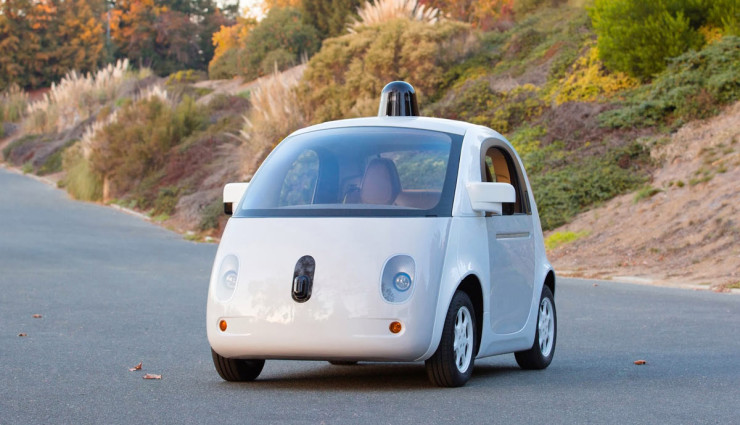-
Tips for becoming a good boxer - November 6, 2020
-
7 expert tips for making your hens night a memorable one - November 6, 2020
-
5 reasons to host your Christmas party on a cruise boat - November 6, 2020
-
What to do when you’re charged with a crime - November 6, 2020
-
Should you get one or multiple dogs? Here’s all you need to know - November 3, 2020
-
A Guide: How to Build Your Very Own Magic Mirror - February 14, 2019
-
Our Top Inspirational Baseball Stars - November 24, 2018
-
Five Tech Tools That Will Help You Turn Your Blog into a Business - November 24, 2018
-
How to Indulge on Vacation without Expanding Your Waist - November 9, 2018
-
5 Strategies for Businesses to Appeal to Today’s Increasingly Mobile-Crazed Customers - November 9, 2018
State of California Crashes Alphabet Inc Autonomous Car Party
Google expressed disappointment over proposed regulations for driverless cars announced by the California Department of Motor Vehicles Wednesday.
Advertisement
Specifically, the restrictions proposed by California regulators would make it mandatory for all self-driving cars to have a steering wheel and pedals, as well as a licensed driver behind the wheel.
With regards to privacy and cyber-security, not only must manufacturers let the DMV know if any information is to be collected other than that required to safely operate their autonomous cars, they must also seek permission to collect the additional information.
Google spokesman Johnny Luu said the company was “gravely disappointed” by the draft regulations.
Manufacturers will need to submit monthly reports outlining the performance, safety and usage of their autonomous vehicles, the DMV said.
California, as the state with the most cars on the road, often ends up setting numerous standards for the auto industry.
California’s guarded approach to the new technology could benefit Texas, which this summer emerged as a competitor in the deployment of self-driving cars when Austin officials welcomed Google prototypes for company-sponsored testing.
Shahan also said other issues need to be addressed, including driver training in the event of an autonomous vehicle failure and what to do if the electricity grid goes down.
A prototype of Google’s own self-driving vehicle is seen during a media preview of Google’s current autonomous vehicles in Mountain View, California September 29, 2015. Not to mention that the big pitch behind autonomous driving technology is to help people who can not or do not want to drive because they are disabled, drunk or just too busy doing other things.
Currently, Google’s self-driving plans are confidential as to which cities will first receive the American company’s autonomous vehicles. “The draft regulations exclude autonomous vehicles that are capable of operating without the presence of a driver”, according to the new law (read the full document here). If Google goes ahead with this plan than they might be faced with some serious competition such as Uber, who is also looking at the same kind of service.
Under the regulations, a licensed driver would have to be in the vehicle, be prepared to take over when needed and be responsible for any traffic violations. And, if an accident happens, the driver is always at fault – another rule that flies in the face of Google’s position; the company has said it would take responsibility for accident liability. The DMV will use this data in coming up with future regulations.
Advertisement
“Safety is our highest priority and primary motivator as we do this”, he said in a written statement.




























